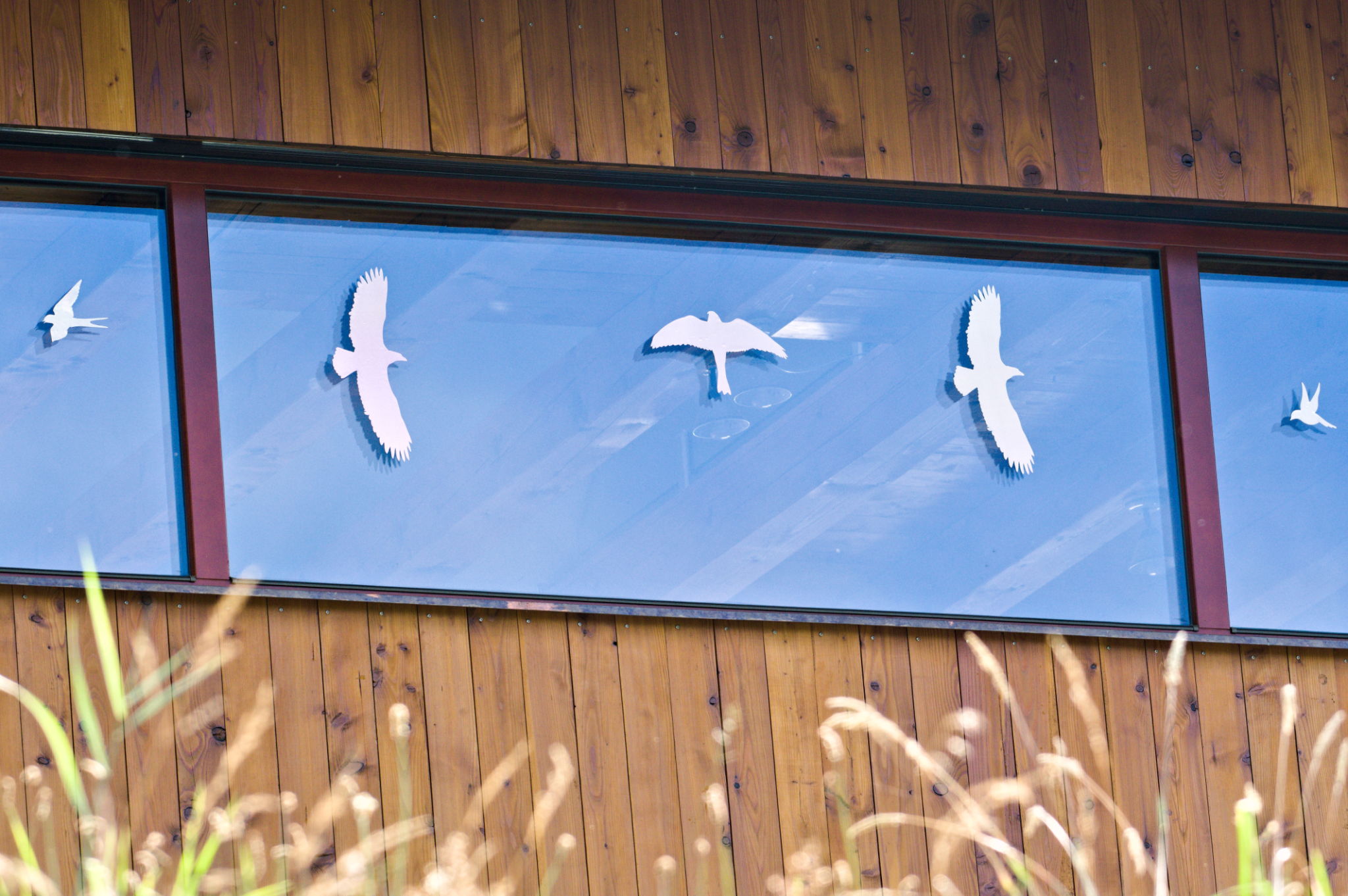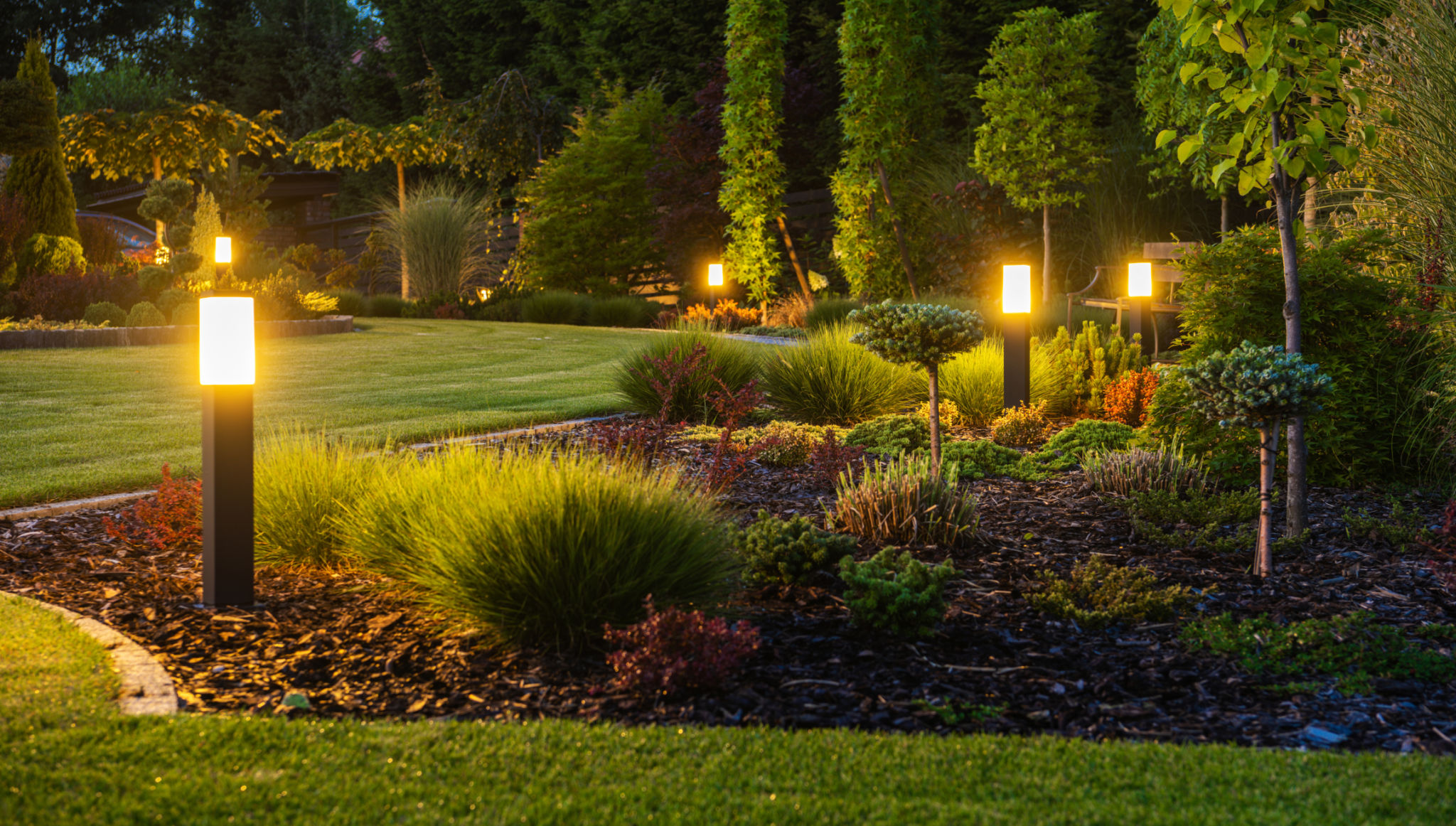Choosing the Best Bird Impact Reduction Solutions for Your Area
Understanding the Importance of Bird Impact Reduction
Bird collisions with buildings are a growing concern, especially in urban areas where the presence of tall structures can disrupt migratory paths. These collisions can lead to significant bird mortality rates, which in turn affect biodiversity and ecosystems. Understanding the need for effective bird impact reduction solutions is crucial for conservation efforts and urban planning.

Identifying Common Bird Collision Zones
To choose the best bird impact reduction solutions, it is essential to identify the common collision zones in your area. These are typically high-rise buildings, glass-fronted structures, and areas with extensive nighttime lighting. Birds often fail to perceive glass as a barrier or become disoriented by artificial lights, leading to collisions.
Conducting a thorough assessment of your surroundings can help pinpoint high-risk areas. Consider factors such as building height, window design, and lighting patterns that may contribute to increased bird strikes.
Exploring Effective Bird Impact Reduction Solutions
There are several solutions available to reduce bird collisions effectively. When choosing the right one for your area, consider factors like the type of building, budget, and environmental impact.
Installing Bird-Friendly Glass
One of the most effective ways to prevent bird strikes is by installing bird-friendly glass or window films. These materials often feature patterns visible to birds but minimally obstructive to humans. They work by breaking up reflective surfaces that birds might mistake for open sky or habitat.

Utilizing Decals and Stickers
Another cost-effective solution is using decals or stickers on windows. These can be applied in various patterns to make glass more visible to birds. While often less permanent than glass treatments, they provide a quick and flexible option for existing structures.
Implementing Strategic Lighting Solutions
Light pollution is a significant factor in bird collisions, as artificial lights can attract and disorient birds. Implementing strategic lighting solutions can mitigate these risks. Consider using motion-activated lights or dimmers that reduce unnecessary illumination during peak migration periods.
- Install shielded fixtures to direct light downward.
- Use timers or sensors to minimize nighttime lighting.
- Opt for warmer light colors that are less attractive to birds.

Engaging Community and Stakeholders
The success of bird impact reduction initiatives often relies on community engagement and stakeholder involvement. Educating building owners, architects, and residents about the benefits of bird-friendly practices can lead to wider adoption of these solutions.
Organize workshops or informational sessions to raise awareness and encourage collaboration among local organizations, municipalities, and conservation groups. Collective efforts can significantly enhance the effectiveness of bird impact reduction strategies in your area.
Monitoring and Adapting Solutions
Once solutions are implemented, ongoing monitoring is vital to assess their effectiveness. Regular inspections and data collection can help identify any issues and determine if adjustments are needed. Adaptation is key to ensuring long-term success in reducing bird impacts.
By staying informed about new technologies and emerging research, you can continue refining your approach to bird impact reduction, ultimately contributing to a healthier ecosystem and safer environment for our avian friends.